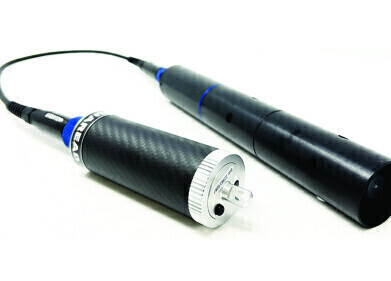Water/Wastewater
Is Turbulence Getting Worse on Planes?
Oct 17 2017
Whether you’re a fearful flyer or don’t mind flying at all, nobody likes turbulence. It makes the experience all the more frightful for some passengers and just plain uncomfortable and annoying for others. Unfortunately, most flyers board the plane expecting some degree of turbulence. Even more unfortunate is that it may be on the rise. Read on to see why turbulence could be set to get worse over time.
What is turbulence?
Turbulence is the feeling of the plane moving irregularly or shaking while in flight. It’s caused by sudden shifts in airflow, either from warm and cold air coming together, jet streams, storms or even large objects.
Light turbulence is barely noticeable to passengers, with the plane moving up to a metre. Planes can rise or drop around five metres in moderate turbulence, however, with up to thirty metres in severe turbulence.
Some turbulence can be – and is – avoided by pilots, with things like large objects and storms are easy to plan for. That’s the case even more so with fast and reliable radar precipitation sensors allowing for improved weather monitoring. However, warm and cold air – known as clear air turbulence (CAT) – is undetectable by sight or sensors and therefore unavoidable.
Will it get worse?
Clear air turbulence is the most common type of turbulence. It happens – as mentioned – when warm and cold air come into contact, causing a shift in direction as these bodies of air move at different speeds. A recent paper in Geophysical Research Letters looked at whether this kind of turbulence is being affected by the world’s changing climate.
Using climate model simulations, they found that CAT is set to rise across the globe from 2050. Researchers looked at eight geographic regions across all four seasons, and even studied two different flight levels and all five turbulence strength categories.
Frequency and severity
The findings suggest North America could see 110 percent more turbulence, with 160 percent more over Europe and a whopping 180 percent increase for flights over the North Atlantic.
This isn’t just an increase in frequency though – it’s an increase in severity. Regions which typically experience the most moderate CAT will start to see more severe CAT, currently very rare on flights. Over the North Atlantic, for instance, severe CAT is predicted to become as common as moderate CAT. Severe CAT is also expected to double in frequency across Europe, North America and the North Pacific. Not the best news for already fearful flyers…
Digital Edition
AET 28.4 Oct/Nov 2024
November 2024
Gas Detection - Go from lagging to leading: why investment in gas detection makes sense Air Monitoring - Swirl and vortex meters will aid green hydrogen production - Beyond the Stack: Emi...
View all digital editions
Events
Nov 27 2024 Istanbul, Turkey
H2O Accadueo International Water Exhibition
Nov 27 2024 Bari, Italy
Biogas Convention & Trade Fair 2024
Nov 27 2024 Hanover, Germany
Dec 02 2024 London, UK
Dec 03 2024 Dusseldorf, Germany










.jpg)








